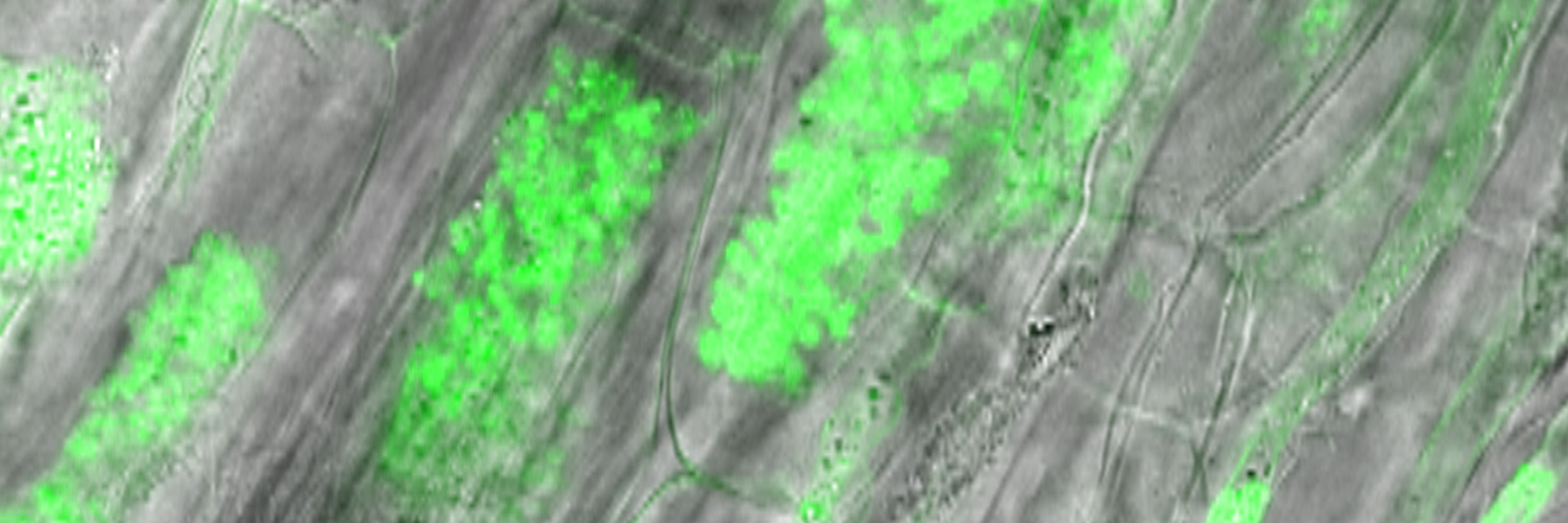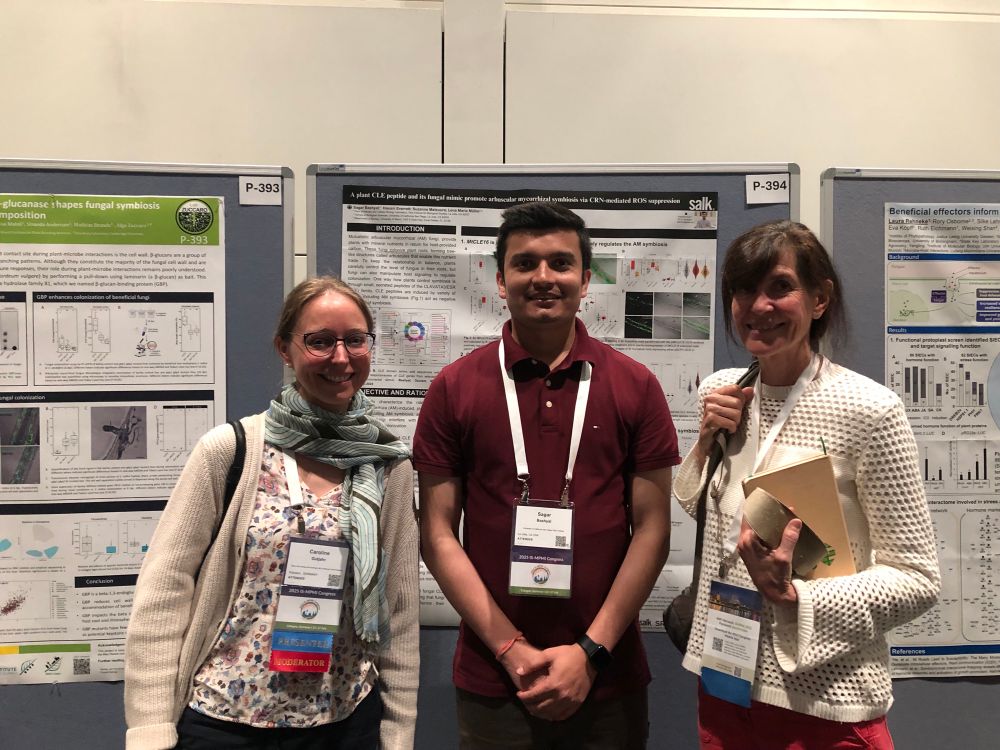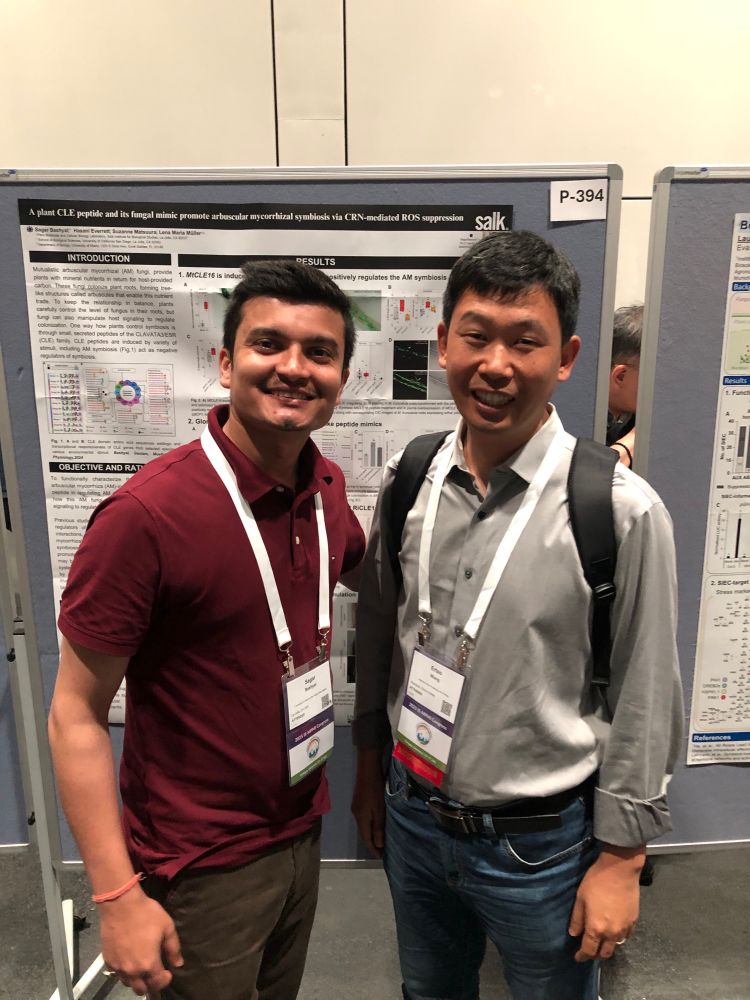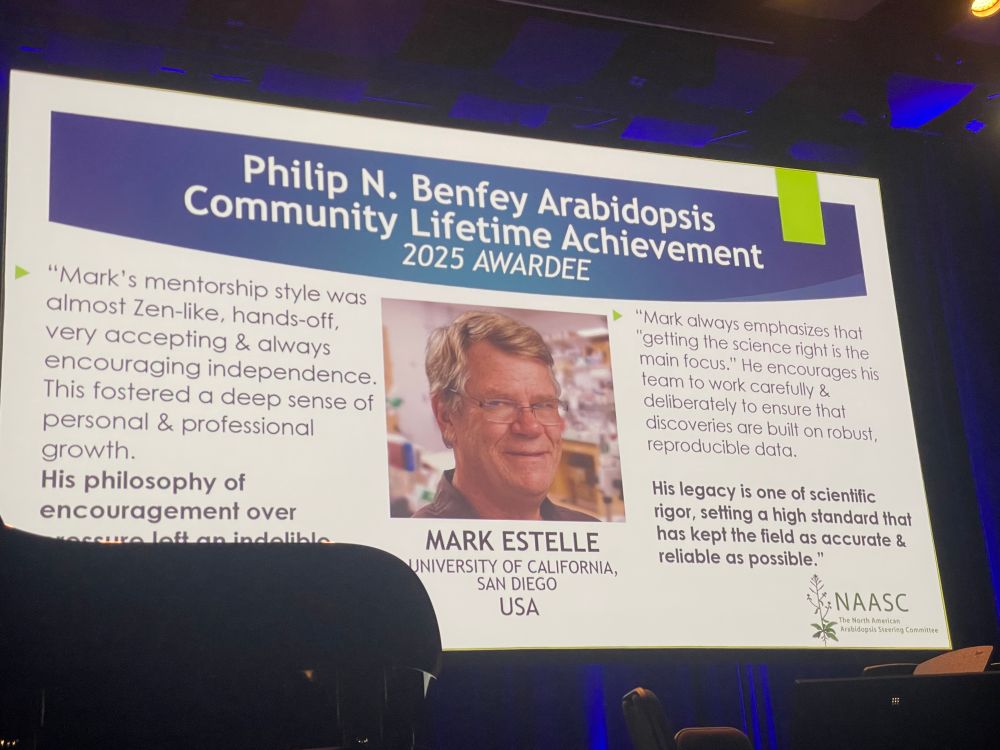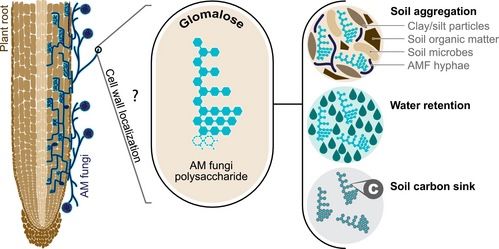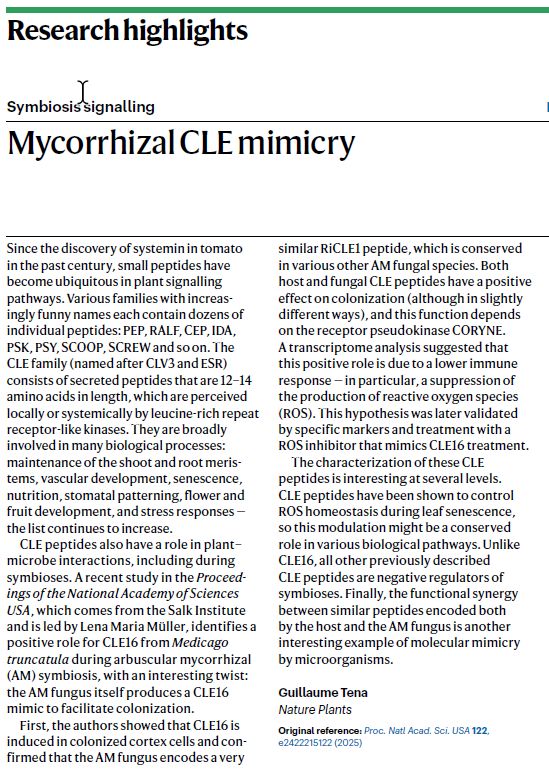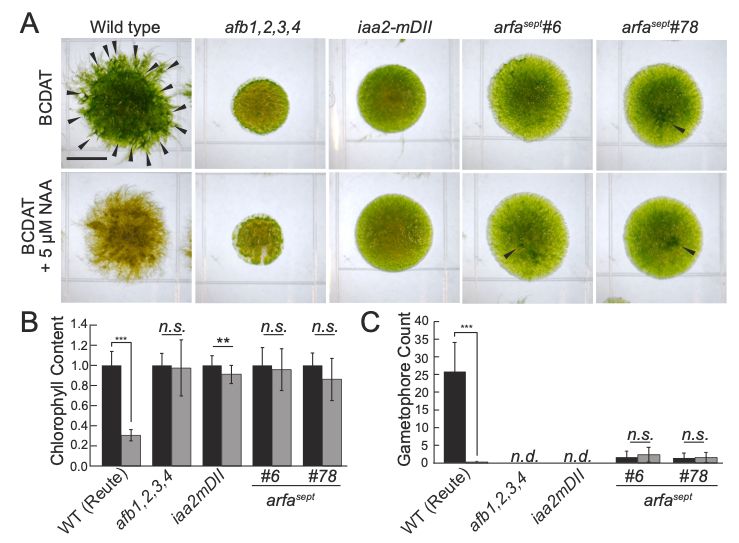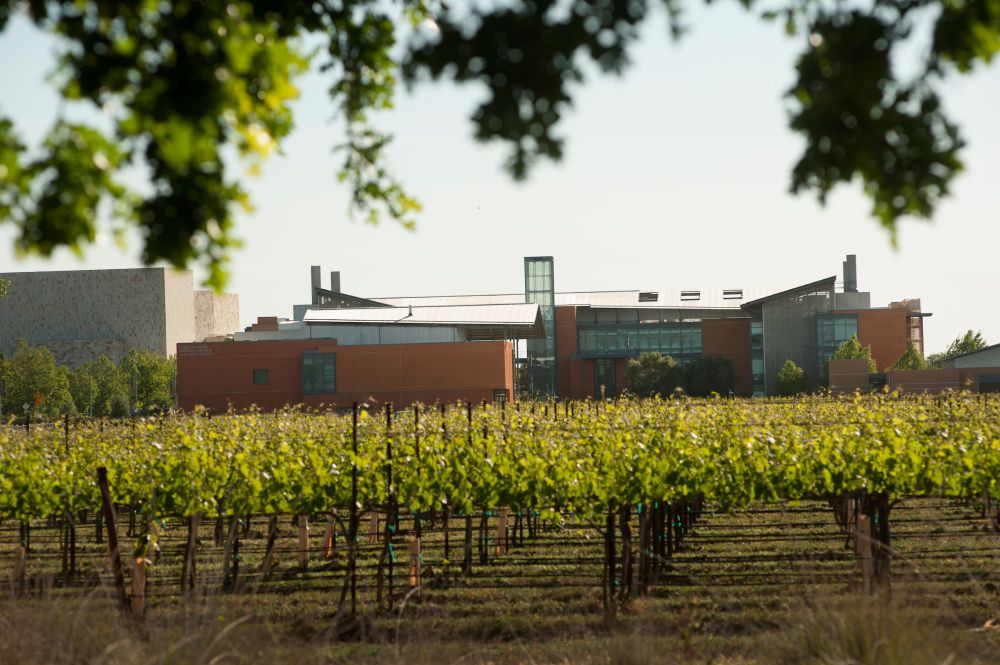Sagar Bashyal
@sagarbashyal.bsky.social
150 followers
220 following
33 posts
PhD candidate
Salk Institute | University of California SanDiego
AM symbiosis and anything related MPMI✌️
Mueller Lab🍀
https://mueller.salk.edu/people/
Posts
Media
Videos
Starter Packs
Pinned
Sagar Bashyal
@sagarbashyal.bsky.social
· Apr 15
Reposted by Sagar Bashyal
Lucia Strader
@luciastrader.bsky.social
· Aug 25

Plant biologist Lucia Strader joins Salk faculty to study plant growth signaling - Salk Institute for Biological Studies
LA JOLLA—The Salk Institute will welcome plant biologist Lucia Strader as a new professor and holder of the Howard H. and Maryam R. Newman Chair in Plant Biology in October 2025. Strader is an interna...
www.salk.edu
Reposted by Sagar Bashyal
Sagar Bashyal
@sagarbashyal.bsky.social
· Aug 19
Reposted by Sagar Bashyal
Reposted by Sagar Bashyal
Gitta Coaker
@gittacoaker.bsky.social
· Jul 29
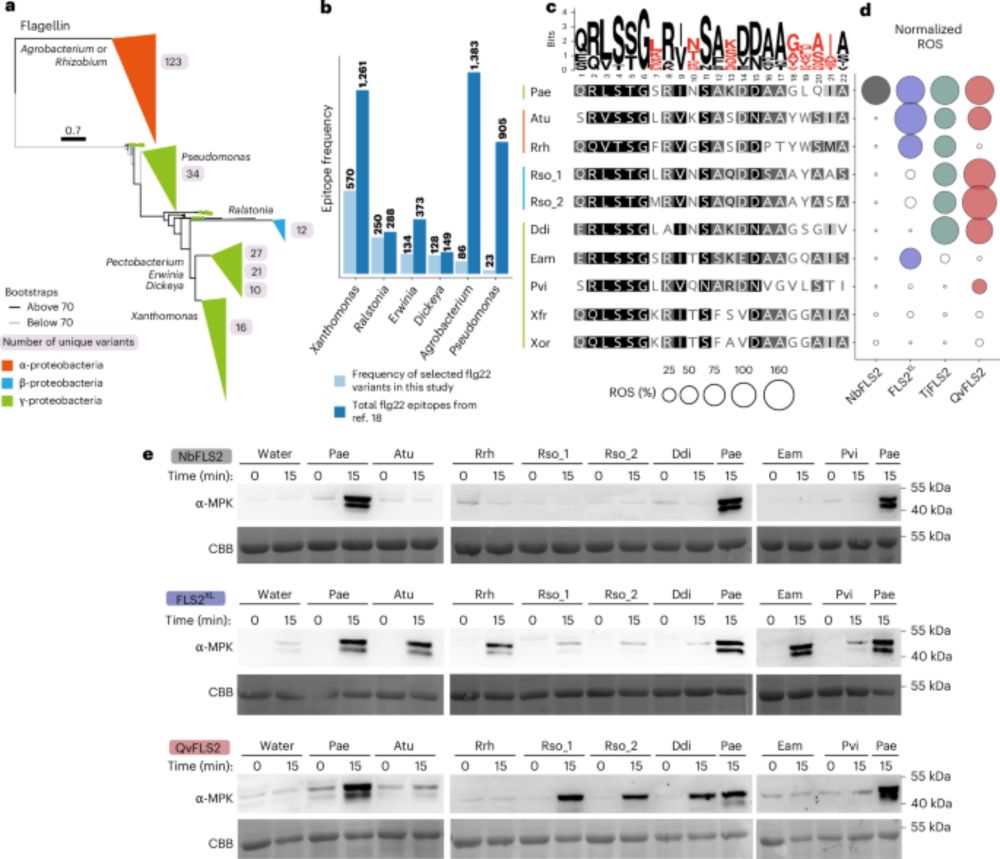
Unlocking expanded flagellin perception through rational receptor engineering - Nature Plants
Receptor kinase FLS2 detects the flg22 epitope of bacterial flagellin. Here the authors identify key residues on FLS2’s concave surface that enable expanded perception of flg22 variants, allowing the ...
www.nature.com
Reposted by Sagar Bashyal
Reposted by Sagar Bashyal
Reposted by Sagar Bashyal
Tatsuya Nobori
@tatsuyanobori.bsky.social
· May 22
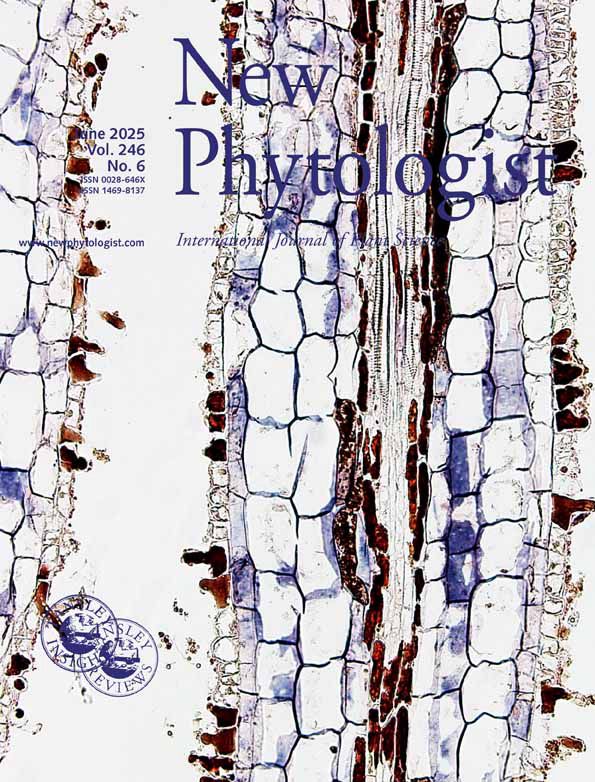
Exploring the untapped potential of single‐cell and spatial omics in plant biology
Advances in single-cell and spatial omics technologies have revolutionised biology by revealing the diverse molecular states of individual cells and their spatial organization within tissues. The fie...
nph.onlinelibrary.wiley.com
Reposted by Sagar Bashyal
Reposted by Sagar Bashyal
Reposted by Sagar Bashyal
Reposted by Sagar Bashyal
Sagar Bashyal
@sagarbashyal.bsky.social
· Apr 29
Reposted by Sagar Bashyal
